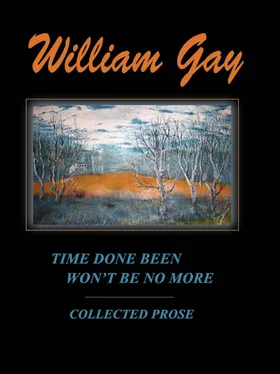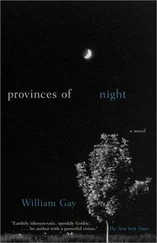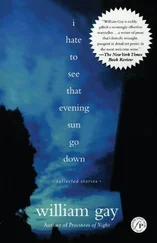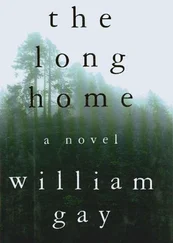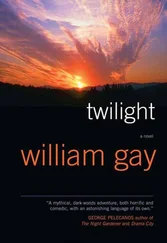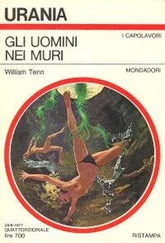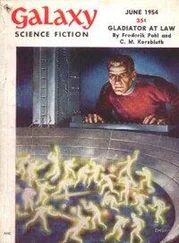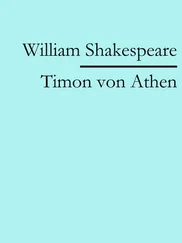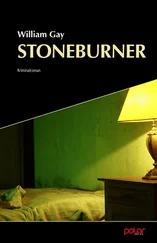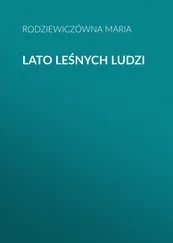He came over to look. He squinted one eye, like a jeweler with his loupe screwed in. He shook his head, They look a little fluffy to me, he said.
A little what?
Fluffy. Plump, chunky. Hell, look at the shoulders on those suckers. They look like young cows. You’ve painted calves there, howling at the moon.
Well, so be it. Perhaps they were wolves who’d bulked themselves up on steroids and were grouped there baying at the moon, patiently awaiting the judgment of a congressional committee. Or perhaps they were not wolves at all, but offspring of dark and dangerous liaisons between seemingly incompatible beasts who had some black and lonely night been of a fey and experimental frame of mind.
Well, they were my wolves, or whatever the hell they were, and they looked like whatever I had painted onto the canvas. Maybe art is striving for the perfect wolf. The world is wide, you can walk toward the horizon the rest of your life and never reach it.
This was a long time ago, and the military is probably different now. Perhaps one is issued palette and brushes upon induction. But I decided it was unwise to paint aboard ship in the small hours of the morning. One’s motives, one’s very gender, seemed called into question. If, during a war, the compulsion to paint is overwhelming, Warhol-like silkscreens of AK-47’s might be acceptable. Jack Dempsey slamming the canvas. Best to avoid still lifes of light caught in wine bottles and artfully arranged pears. Perhaps best to avoid fruits altogether.
Just as if you are a closet writer by night, and work in a construction crew by day, you do not come on the job site interrupting conversations about football and deer hunting, with tales about the fragility of typewriter ribbons. This is just the way things are, it is the way of the world. If you have a secret identity to protect, if you are wearing a costume under your work clothes, you do not cross a landscape strewn with Budweiser cans and 30–06 casings trailing sheets of foolscap and calling out, Goddamn, boys, listen to this sonnet I wrote over the weekend .
The southern part of the country I live in is abandoned. It used to be owned by a mining company. The people who lived here, sometimes thirty families to a single hollow, are long dead, their children long dead. As the ore played out, the people played out with it. Nothing left but the graveyard, the stones weathernworn and tilted, the graves violated by tree roots and the burrowing of animals. Nothing left but broken glass and fallen brick and drilled holes forty feet deep.
It is a good place to find subjects to paint or to write about because it is a place obsessed with time, by the lives once lived here, the very atmosphere scored by hard times and rough ways. Listen closely and you can hear the timbre (but not the words) of long-gone conversations. All these lost lives seem to exist and to go on uninterrupted around you and every life exists simultaneously, every one layered like stacks of imaged glass that, held to the light, show all these past lives without precedence or priority, time itself having become pliable and of no moment. If you try to paint this landscape, a force that is invisible and just outside the frame (but there all the same) seems to affect whatever you are laying on the canvas.
I have a friend in Alabama who makes wind chimes from found objects. Though he has published a novel Hollywood made into a movie, he is known locally as The Wind Chime Man. His front yard tends down toward Mobile Bay and is thick with live oaks from those branches hang Spanish moss and his creations, which are like bizarre fruit, graceful or absurd or eerily beautiful. As the wind whistles through them, they clash gently like frozen leaves.
He finds suitable props on roadsides and at garbage dumps and he keeps objects he hasn’t yet found a place for in boxes: ancient bluegreen bottles that have imprisoned rays of light so that they gleam even in darkness, lost or discarded costume jewelry, the replevied engines of Lionel model trains.
I sat on a lawn chair one day and watched him work. He’d try an object, back off, and see if it matched whatever picture he had in his head, and try another one.
You’ve got enough of those things for all the front porches in the world, I said. Why do you keep making them?
He looked impatient, irritated. He shook his head. It’s therapy, he said. It keeps my mind occupied. Keeps me out of trouble. Besides, people won’t let me alone. They drive here from as far away as Atlanta and pay me three or four hundred dollars apiece for these things. They got to have some selection to pick from.
But he thought about it while he worked, because he knew I really wanted to know.
I just want to make something I’d like to look at, he said. Something that looks right.
All right. That works for me. Maybe art is just coming up with something you’d like to look at, whether it springs from dream or vision or nightmare.
I know another sculptor who was hired to build an animatronic horse for a Hollywood action movie. It had to be absolutely lifelike so that it could stumble and die broken-necked onscreen and no one save the ASPCA would be the wiser. It took a long time, but what he built required da Vinci’s knowledge of anatomy, the wise hands of Michelangelo, patience that would have taxed Job.
Is that art or commerce? I don’t know, but he also welds scrap metal into strange animals that few people pay him for. He joins discarded automobile axles and children’s tricycles and broken lawn chairs into constructs that look like creatures that have staggered from the tangled undergrowth of the imagination into reality, shaking their heads and blinking their eyes against the brightness, aghast at this world they’ve been brought into against their will. He also creates Goldbergian machines that look as though, given the proper voltage, they could power the world or short-circuit it.
Sometimes he sells one, but that’s not the point, that’s not the reason he does it. He doesn’t ponder much on why he does it. Perhaps they’re just something he’d like to look at, and maybe the world needs artists to dream while the world sleeps, to go into the unknown where on ancient maps the old cartographers drew dragons. (Sometimes they old cartographers were right.)
Artists are like the astronomers who postulate the existence of unknown planets by the pull of their gravity on known celestial bodies. The mystery is invisible but felt, just outside the frame, tugging gently at whatever is within it, unknowable until the next panel is painted.
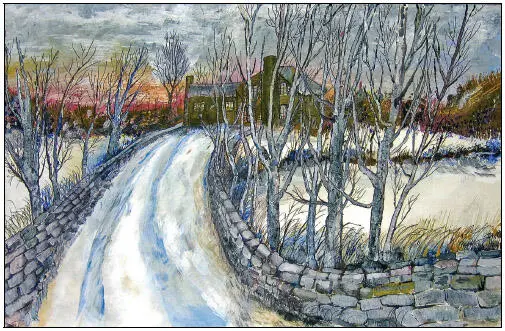
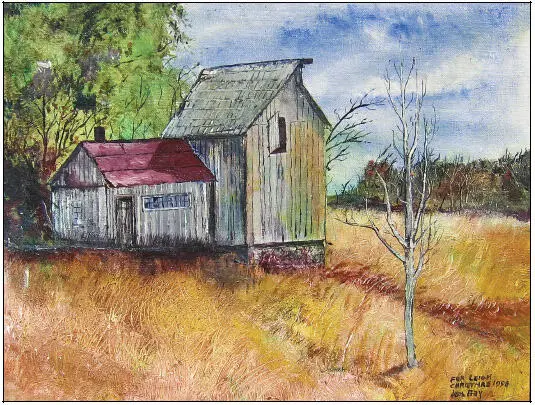
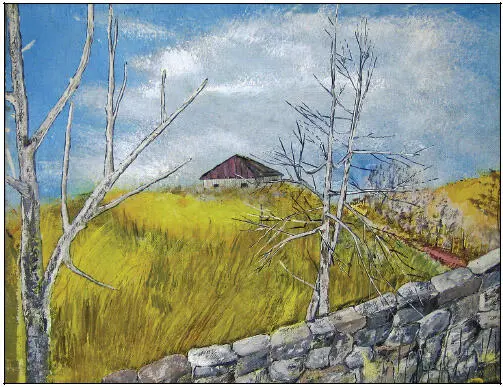
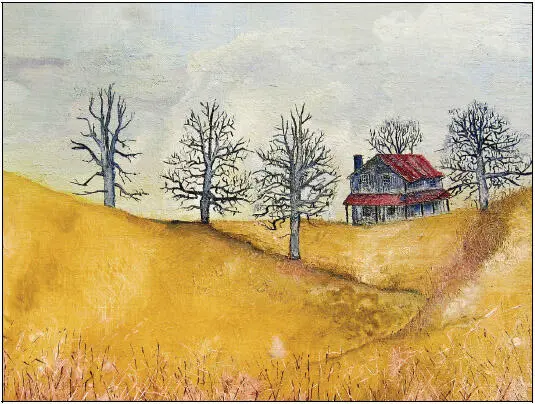
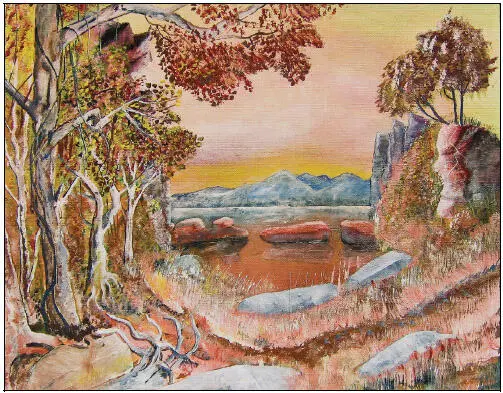
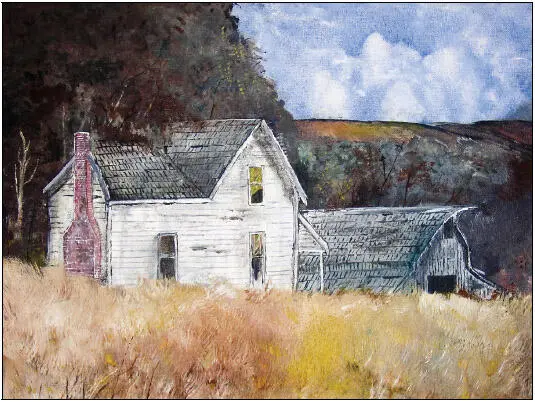
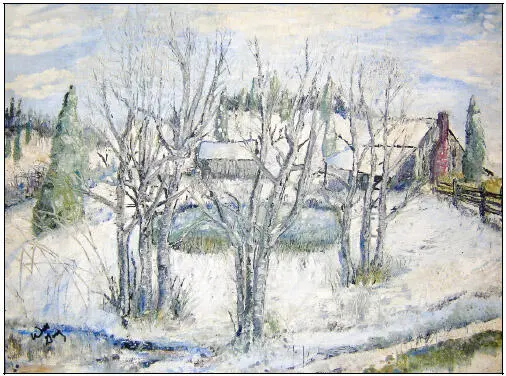
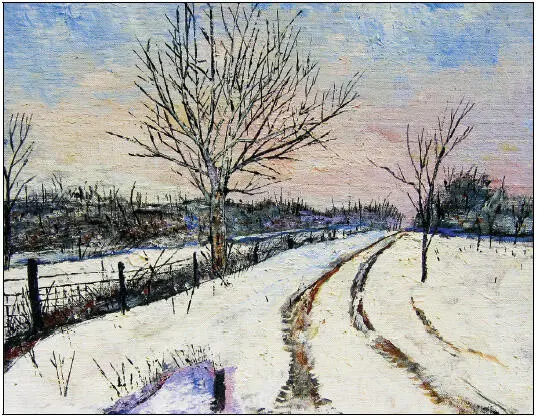
QUEEN OF THE HAUNTED DELL
Читать дальше
